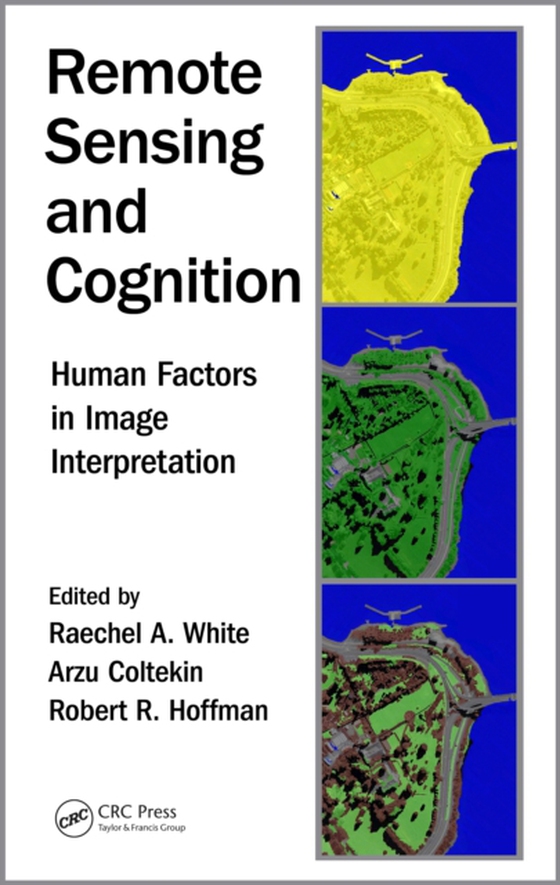
Remote Sensing and Cognition e-bog
403,64 DKK
(inkl. moms 504,55 DKK)
Human factors play a critical role in the design and interpretation of remotely sensed imagery for all Earth sciences. Remote Sensing and Cognition: Human Factors in Image Interpretation brings together current topics widely recognized and addressed regarding human cognition in geographic imagery, especially remote sensing imagery with complex data. It addresses themes around expertise includin...
E-bog
403,64 DKK
Forlag
CRC Press
Udgivet
19 april 2018
Længde
176 sider
Genrer
Human geography
Sprog
English
Format
epub
Beskyttelse
LCP
ISBN
9781351040440
Human factors play a critical role in the design and interpretation of remotely sensed imagery for all Earth sciences. Remote Sensing and Cognition: Human Factors in Image Interpretation brings together current topics widely recognized and addressed regarding human cognition in geographic imagery, especially remote sensing imagery with complex data. It addresses themes around expertise including methods for knowledge elicitation and modeling of expertise, the effects of different aspects of realism on the interpretation of the environment, spatial learning using imagery, the effect of visual perspective on interpretation, and a variety of technologies and methods for utilizing knowledge in the analysis of remote sensing imagery.Written by leaders in the field, this book provides answers to the host of questions raised at the nexus of psychology and remote sensing. Academics and researchers with an interest in the human issues surrounding the use of remote sensing data will find this book to be an invaluable resource. The topics covered in this book are useful for both the scientific analysis of remote sensing imagery as well as the design and display of remote sensing imagery to facilitate a variety of other tasks including education and wayfinding. FeaturesBrings together remote sensing, environmental, and computer scientists discussing their work from a psychological or human factors perspectiveAnswers questions related to aesthetics of scientific visualization and mathematical analysis of perceptible objectsExplains the perception and interpretation of realistic representationsProvides illustrative real-world examplesShows how the features of display symbols, elements, and patterns have clear effects on processes of perception and visual search
 Dansk
Dansk

